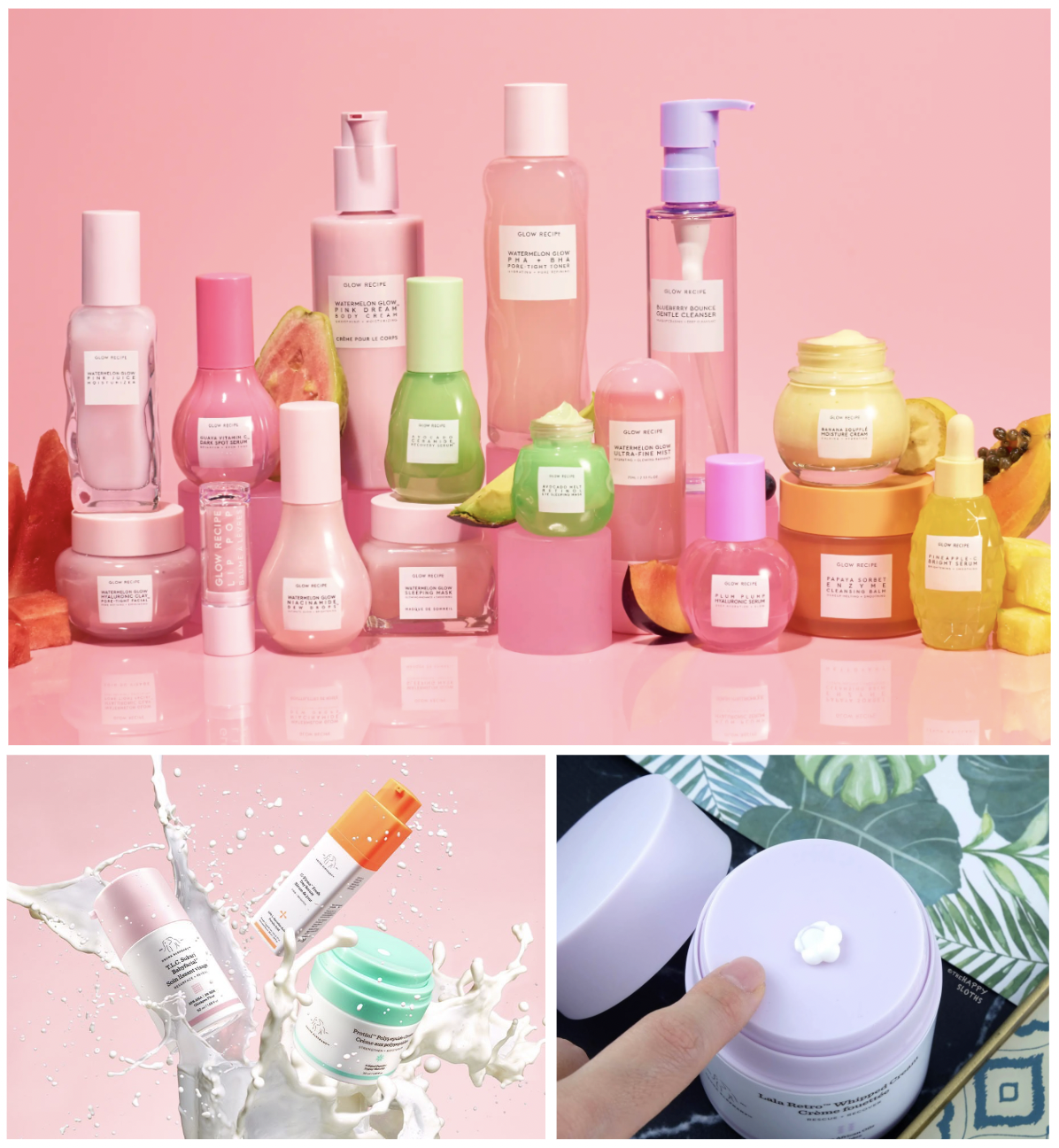General Pediatrics 3
Session: General Pediatrics 3
225 - Sephora Kids, Breaking the Skin Barrier: An Exploration of Dangerous Skincare Product Usage by Minors
Sunday, April 27, 2025
8:30am - 10:45am HST
Publication Number: 225.6596
Grace Liberatore, Donald and Barbara Zucker School of Medicine at Hofstra/Northwell, Pelham, NY, United States; Alyssa Kim, Donald and Barbara Zucker School of Medicine at Hofstra/Northwell, New Hyde Park, NY, United States; Eric Wang, Donald and Barbara Zucker School of Medicine at Hofstra/Northwell, Providence, RI, United States; Audrey Ng, Donald and Barbara Zucker School of Medicine at Hofstra/Northwell, Great Neck, NY, United States; Saia Kalash, Cohen Children's Medical Center, Great Neck, NY, United States; Ruth Milanaik, Cohen Children's Medical Center, Great Neck, NY, United States

Grace Liberatore, BA (she/her/hers)
Gap Year Research Intern - Student Trainee
Donald and Barbara Zucker School of Medicine at Hofstra/Northwell
Pelham, New York, United States
Presenting Author(s)
Background: In recent years, there has been a rise in the popularity of skincare and makeup products (SMP) among minors. The packaging of some SMP are colorful, appealing to younger audiences (Figure 1). Beauty stores such as Sephora and Ulta have reported a surge in new customers < 18 years old. In 2023, this demographic spent ~$4.7 billion on SMP, outspending every other age group. Youth on social media post their purchases under the hashtag “sephorahaul” (3.5 billion views). Their purchase of SMP meant for adults has prompted increased concern about the safety of the ingredients on youth skin. Some harmful ingredients (HI) have the potential to destroy skin barriers, causing acne, burns, or rashes.
Objective: This study examines social media posts regarding SMP purchases by youth in order to assess the safety of youth popular SMP.
Design/Methods: SMP used by minors were assessed under the searches “sephora haul kid/tween/teen” and “skincare routine kid/tween/teen” on TikTok. Researchers noted the age and gender of the child. The likes, comments, shares, views, and saves of each video were collected. The following data were collected on each SMP: 1) number of mentions; 2) ingredients; 3) HI in SMP; 4) presence of fragrance. Trained researchers reviewed data and analyzed in R.
Results: Data were collected on 75 videos (23,117,659 views) and 195 unique SMP. Age ranges included under 10 (n=17), 10-12 (n=35), and 13-16 (n=23), 100% female. 324 of the 459 SMP (70.6%) used HI and 189 (41.2%) contained fragrance. Each video had an average of 6.12 SMP (min=1, max=19). On average, 70.1% of SMP in a given video contained HI, which did not vary significantly among different age groups. Each video had an average of 4.32 SMP with HI and 2.52 fragranced SMP. Only 2 videos (2.7%) contained no SMP with HI, and both of these videos only contained 2-3 SMP each. The number of SMP and number of SMP with HI also did not vary significantly with the number of likes or views on the video.
Conclusion(s): Our study showed that harmful ingredients (HI) are highly prevalent among SMP purchased by youth. In addition to the dermatologic danger of the SMP, this trend could negatively influence minors to adopt unrealistic beauty standards and spend money on SMP that are unnecessary. Some SMP are suitable for children’s skin/age and should be displayed separately at beauty stores with sales associates guiding youth. Clinicians must advise parents to supervise their children when shopping for SMP to ensure they are using age-appropriate products and inform parents about which HI to avoid. Clinicians should disseminate lists of harmful ingredients.
Figure 1. Examples of Popular Skin Care Products Among Minors

Figure 1. Examples of Popular Skin Care Products Among Minors


